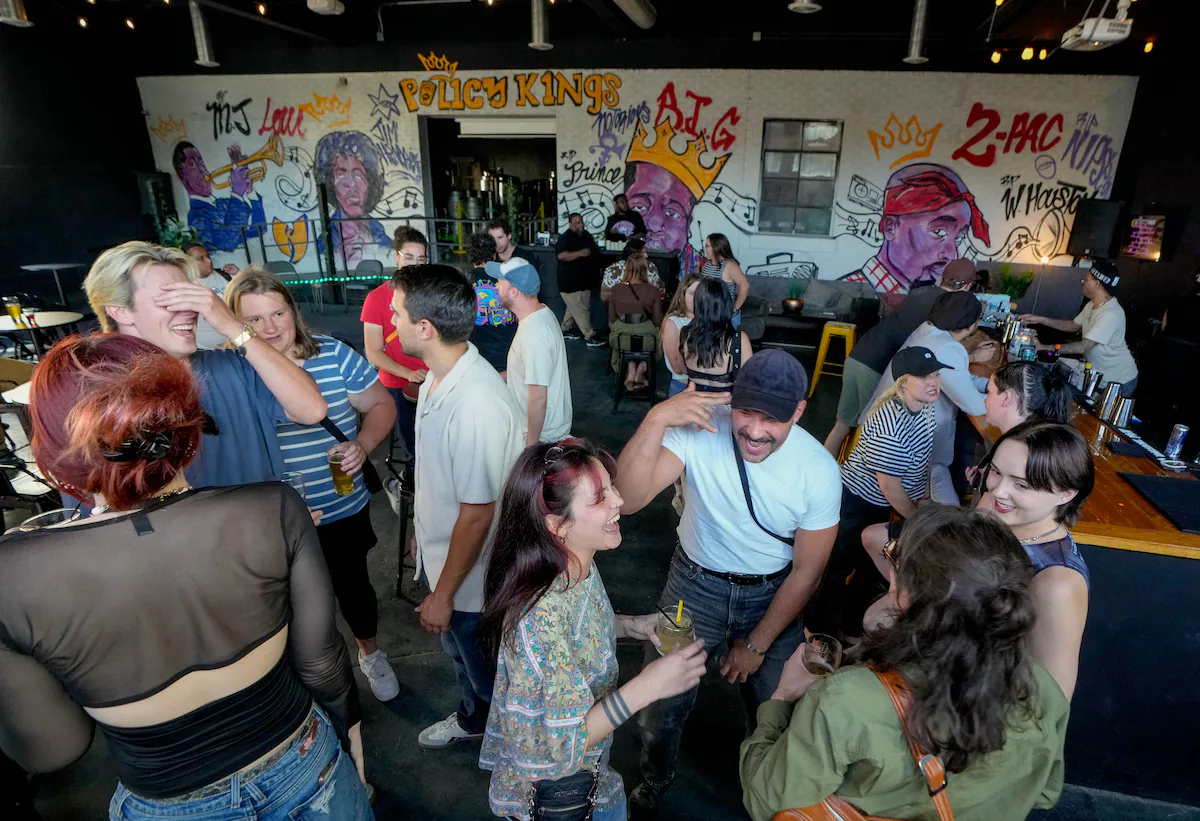By Contributor,Julian Hayes II
Copyright forbes

There’s human longevity and now organizational longevity.
Longevity is no longer confined to health circles. It has entered the boardroom, where CEOs are investing in advanced diagnostics and biological age testing to extend both their edge and their vitality. Yet a parallel truth is often overlooked in conversations about the future of work: organizations age, too.
A company’s “biological age” is reflected in its culture, retention, productivity, and resilience in the marketplace. And just as with human health, neglect accelerates decline.
The Future Of Work Has A Longevity Gap
Companies that prioritize employee health and well-being not only improve morale but also outperform in the market. The International WELL Building Institute’s Investing in Health Pays Back Special Report makes the business case clear.
The report highlights research showing that companies with strong health programs outperformed the S&P 500 by 325% compared to 105% over 14 years. Another study found that organizations committed to employee well-being achieved a 235% stock appreciation, compared to 159% for their peers, over six years.
Diversity also emerged as a resilience marker. Firms in the top quartile for female executive representation outperformed those in the bottom quartile by 39%, while those leading in ethnic diversity saw 35% higher returns.
MORE FOR YOU
The gap is widening as companies investing in human-centered longevity strategies compound their advantages year after year. At the same time, those ignoring demographic and workforce shifts quietly age themselves out of competition.
The Hidden ROI In The Future Of Work
Just as human aging rarely occurs overnight, organizational aging is a gradual process. It doesn’t always appear in quarterly earnings but instead manifests in rising turnover, disengagement, and waning trust. The IWBI report notes that replacing an employee costs the equivalent of six to nine months of their salary, contributing to an estimated one trillion dollars in annual losses from voluntary turnover across U.S. businesses.
Evidence suggests these companies can reverse these turnover trends. Research cited in the report indicates that workplaces designed with well-being in mind experienced a decline in turnover and improved recruitment outcomes. In one example, a majority of new hires pointed to workplace design as a factor in their decision to join.
The takeaway is not about a single certification or design standard. It’s that systems and environments supporting people’s well-being consistently yield financial returns. Just as nutrition, sleep, mindfulness, and exercise compound to slow biological aging, investments in culture, environment, and office design compound to slow organizational aging.
Designing The Future Of Work Like A Longevity Protocol
The IWBI report highlights several environmental factors that influence organizational performance. Improving indoor air quality has been linked to a 61% increase in cognitive functioning, valued at approximately $7,500 in annual productivity per employee. Circadian lighting improves decision-making by more than 30%, while natural light supports individuals’ focus, mood, and sleep quality.
Even seemingly invisible components matter. Thermal comfort can improve work efficiency by 15–20%. Biophilic design, which incorporates natural patterns and greenery, has been linked to better memory recall and improved overall task performance.
These gains may appear modest. But together, they form a comprehensive system. Just as effective longevity protocols for individuals combine nutrition, sleep, light, and movement, organizational longevity requires layering environmental, cultural, psychological, and structural factors to keep people operating at their best.
However, with this said, leaders don’t need to chase every new workplace trend. They need to think in terms of sequencing and compounding effects. A healthier air system, smarter lighting, or improved acoustics may not move markets on their own. Over time, however, these decisions extend not just the productive lifespan of employees but the resilience of the organization itself.
A Longevity Mindset For The Future Of Work
Just as individual health habits extend human vitality, organizational choices extend corporate resilience. Longevity in business, like longevity in life, is not achieved by accident. It is built through intentional design, steady investment, and recognition that the actual limits on performance are often human, not financial.
In an era where AI is democratizing technology, markets are volatile, and competitive advantages are fleeting, the future of work will belong to leaders who sustain organizational vitality by optimizing their people. A longevity mindset may be the most durable edge a company can create.
Editorial StandardsReprints & Permissions



